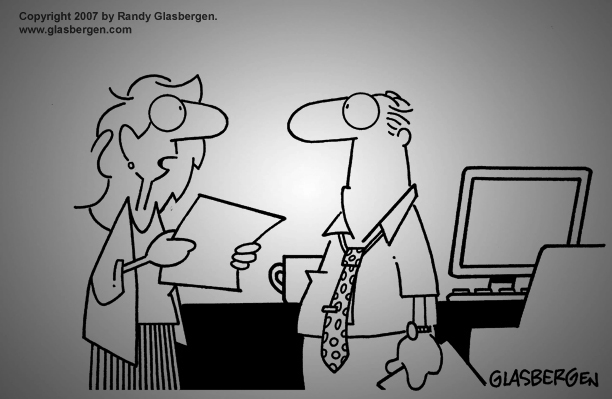We’ve all had our fair share of customer service trials and tribulations. Maybe you couldn’t purchase something because a website malfunctioned, or you ran into an unhelpful store clerk or you connected to robotic, disconnected “care” agent on the other end of the phone. Maybe you noticed an ad for something you’ve recently purchased that made you think back to that transaction again. Or maybe you called in about a bill and were pleasantly surprised by a friendly, caring, competent voice on the other end of the line. We make decisions constantly – whether we know it or not – and naturally, compare our experiences to others we’ve had in the past or to stories we’ve heard from friends.
Everyone in business is talking customer experience, too. People throw around that phrase so much that it’s reached most CEOs’ ears. In fact, surveyed CEOs saw “customer experience” as a top priority and marketers made it their #1 investment in the last year (Camhi, Gartner).
But here’s the rub: Only 1% of customers feel that their expectations are consistently met. Even worse, 95% of dissatisfied customers tell others about it (CEI, Dimensional Research). We know it’s important. Our employees know it’s important. Our customers definitely know it’s important. So where is the disconnect?
Most people remember a brand or company based on many individual dimensions and experiences over time, not just one particular experience at one point in time. Unfortunately, that’s how many companies think – in siloes, crowding the ball on the one area or point of relationship they deem most important. To truly understand what customers need, you need to think holistically about their multi-dimensional and multi-faceted experiences you’re your brand from the minute they consider you as a prospect (not the other way around) to their needs as they’ve evolved to today.
If you want customers to have a consistent end-to-end experience, you need to look at the solution that way. Look at all aspects of your organization, put yourself in you customers’ shoes, and ask, “Does this fit my needs? Which interactions are most critical for me?” Creating the best experience requires looking from your customers’ lens, not yours.
Even once you’ve discovered gaps in your current customer experience and your goal state, the hardest part is the “how.” Connecting the “strategy dots” into successfully execution once it hits your sales & service frontlines is critical – and critically underappreciated. And this is where most initiatives break down. According to a 2013 Gallup study, 70% of customer experience initiatives fail when they hit the frontlines.
All is not lost, however – We all can “reverse the curse” if we understand and learn to execute these four critical steps.
4 Steps to Flawless Customer Experiences (that Get Results)
- Shift to the customers’ point of view. How customers hear about you, what information they use to make a decision, how they choose your product and why they keep their business with you are all essential to mapping what they truly care about. Viewing all of their decisions and choices through their lens informs your processes on how to best meet them where they are at every touchpoint.
- Weaponize your strategy. Once you’ve got a solid strategy, learn to operationalize it so the frontlines can deliver. Determine how to translate mantras and vision into practical behaviors, messaging and guidance at all levels of your frontlines. Don’t forget intermediaries like agents and advisors, or affiliate stores and sales teams.
- Execute an airtight change model. It’s not enough to create change—you need to provide a crystal-clear “how-to” in making change happen on the frontlines. Supporting behaviors and coaching allows your store, call center and affiliated associates, especially those interacting directly with customers, deliver experiences that demonstrate empathy, confidence and competence in your ability to help.
- Rinse, repeat, evolve. Your initial understanding of your customer, while extremely helpful now, may not help them in the future as their needs adapt, or you attract a new, evolving base of future customers with wholly different needs and preferences. Continual learning about your customers, through proactive insights and actions, help adapt your business to customers’ ever-changing needs.
Providing exceptional experiences is hard and dirty work. It’s certainly not sexy, or as fun as building an upfront customer vision and strategy or journey map. It takes a continued and unrelenting drive to grow and evolve with your customers. But think back to those truly exceptional experiences you’ve had with other brands. You remember them because they made you feel valued and important. So prioritize the customer in everything you do—and they will remember you, too.


